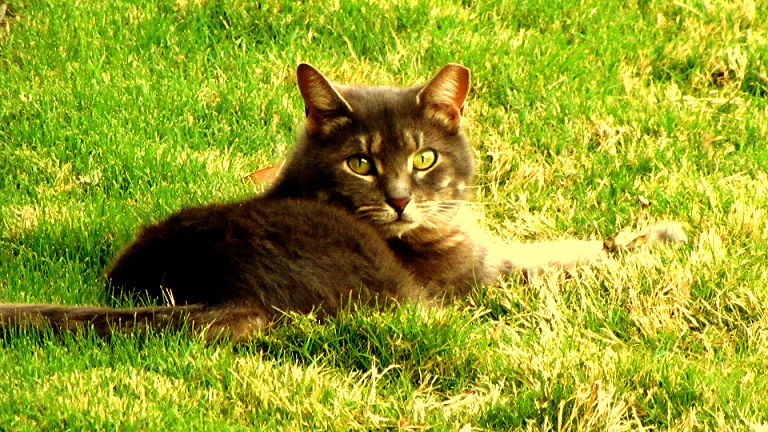Trap, Neuter, Return (TNR)
A veterinarian approved method of managing feral cat colonies

How it works
- Trained program volunteers humanely trap the cats.
- The cats are taken to a vet, currently Mercy Animal Clinic, to be examined, tested for disease, spay/neutered and vaccinated.
- The cats are given a painless, universally recognized “ear tip” so that they can be identified as part of a managed colony.
- The cats are then returned to their home colony to live out their lives as naturally as possible, without reproducing.
Why it works
- Unsterilized females can produce 3 to 4 litters per year. The TNR protocol immediately halts this cycle.
- It is less expensive, more effective, and more humane than extermination.
- Returning cats to their home colony prevents other (unsterilized) feral cats from moving into the area and starting the cycle all over again.
Why extermination doesn't work
- The vacuum effect: Unsterilized feral cats move into now-available territory and begin the reproduction cycle all over again, creating an ongoing, ineffective and expensive process. This is especially true of environments like campuses where food sources, such as discarded food, are easily available and well-meaning people offer cats food and scraps.
- Areas that have eliminated cat populations (albeit temporarily) for various reasons often find themselves facing a rodent problem.
Through natural attrition, TNR has humanely, inexpensively, and successfully reduced and managed the number of cats on the SMU campus.
For more information about TNR programs, visit Alley Cat Allies or Alley Cat Rescue.